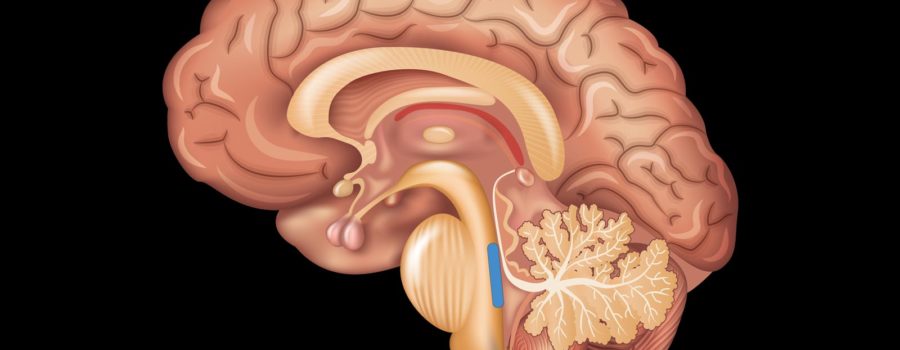So I am biased: I think the locus coeruleus is the most fascinating brain region. The locus what? No, it is not the most well-known brain region and doesn’t get much play in the press. But I think that should change. Let me tell you about some locus coeruleus findings that changed my world view about Alzheimer’s disease.
Heiko Braak has been doing painstaking work for decades analyzing the nature of brain deterioration in postmortem brains and how it related to Alzheimer’s disease. His work is so fundamental to the field that the postmortem autopsy process of determining whether someone had Alzheimer’s disease and how far along they were in the disease process is known as Braak staging. A few years ago, Braak and his colleagues published a paper in which they presented findings from postmortem autopsies of 2332 brains that ranged in age from 1 to 100 years at the time of death. The brains were not pre-selected on any basis.
Alzheimer’s disease pathology involves both abnormal tau and abnormal beta-amyloid proteins. Normal tau provides a type of scaffolding for microtubules that help neurons keep their shape and provide tracks for intracellular transport. When tau becomes hyperphosphorylated it no longer binds to microtubules and can become insoluble and form tangles. Beta-amyloid is also a protein found in normal brains that in Alzheimer’s disease ends up aggregating and eventually forming plaques.
Braak and colleagues found that there were no brains in their sample that had tau or amyloid pathology anywhere in the brain that did not already have some abnormal tau in the locus coeruleus. On the other hand, they did find brains in which the only Alzheimer’s related pathology was abnormal tau in the locus coeruleus. On the basis of these many brains, they argued that the Alzheimer’s disease process starts in the locus coeruleus and spreads along the pathways of the locus coeruleus neurons.
The most striking thing about their findings is just how early the tau pathology in the locus coeruleus starts. While most kids under the age of 10 did not have abnormal tau, most people had some by late adolescence. And all 100 brains of people who died between the age of 31 and 40 had abnormal tau in the locus coeruleus.
Does this early pathology have any effect on cognition? At this point, we have no idea, because of challenges in measuring locus coeruleus pathology while people are alive. But new imaging techniques may give us some clues.
References:
Braak, H., Thal, D. R., Ghebremedhin, E., & Del Tredici, K. (2011). Stages of the pathologic process in Alzheimer disease: age categories from 1 to 100 years. Journal of Neuropathology and Experimental Neurology, 70(11), 960-969.
Mather, M., & Harley, C. W. (2016). The locus coeruleus: Essential for maintaining cognitive function and the aging brain. Trends in Cognitive Sciences, 20, 214-226.


